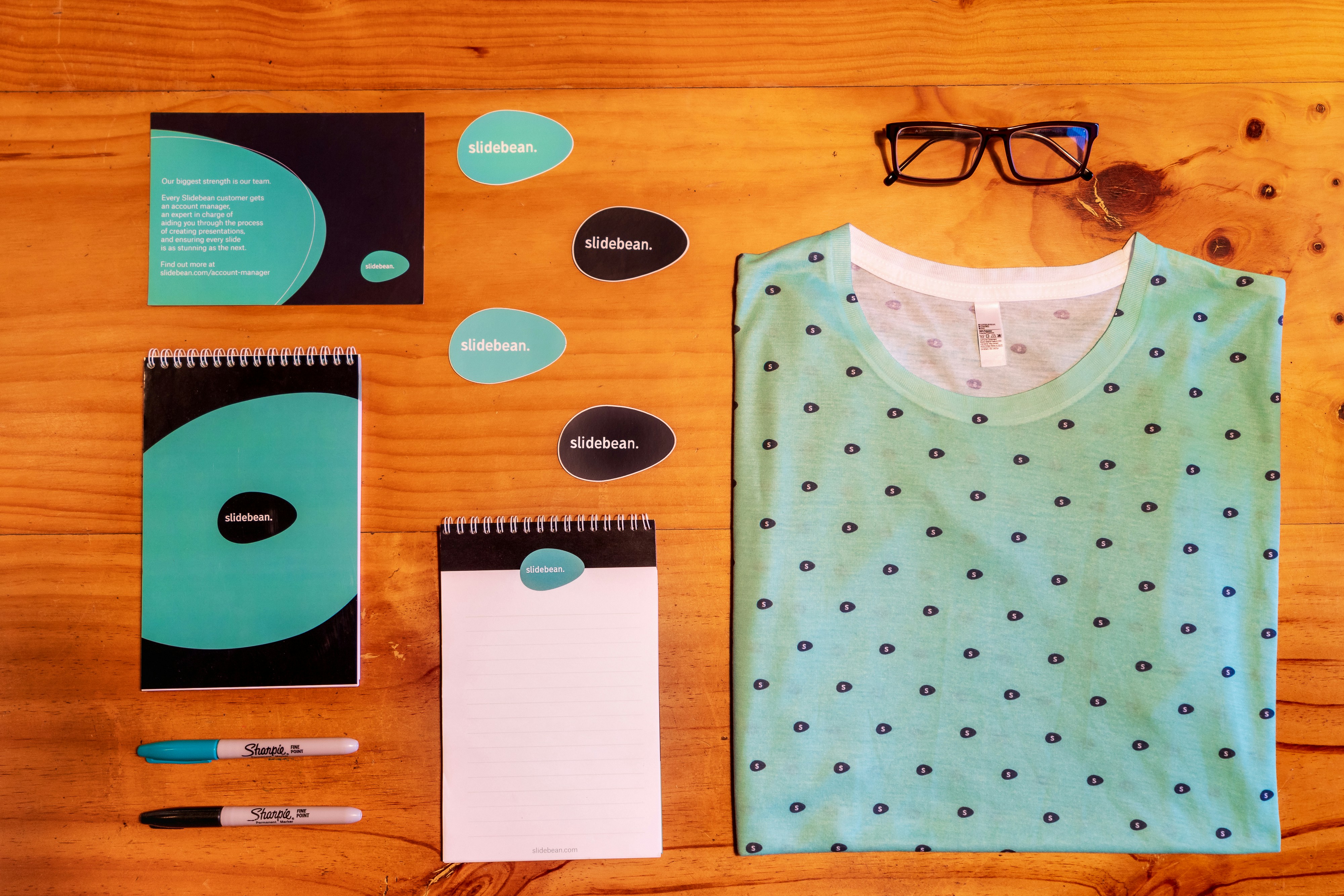Happy and satisfied customers equal positive word of mouth, increased sales, and customer base and brand loyalty. The latter is when customers solidly approve a specific brand over their competitors. They often patronize the company’s products or services over and over again. In fact, most loyal customers move from making single and occasional purchases to bulk and periodic purchases.
Maintaining brand loyalty, however, can be challenging but is often worth it, if successful. And so, if you want to build your brand’s loyalty, you’re in the right place. The following tips will help immensely.
1. Try to connect with and engage your customers.

You create, manage, and sell a brand to people. If people don’t like your brand and what it represents, they won’t patronize your product or service. You have to put great effort into making a brand appealing whilst also engaging and connecting with consumers. Make them feel a part of the journey by creating a sense of belonging.
You can utilize social media platforms to regularly keep in touch with your customers by informing them of special deals, new trends, discounts, policies, and the next move for your company. It’s also great if these engagements are conversational to solicit their views on your product or service and their experiences with them.
This further informs you about customer expectations and how to meet them. It also guarantees not only customer satisfaction but also fosters customer participation in marketing. Yet, in addressing all this, don’t keep the focus solely on existing clients. Having good relations with your existing customer can also promote Positive Word of mouth (WOM), where potential users are strongly encouraged to patronize your brand.
If you decide to work on this as a project or campaign for your brand, you might want to finesse your abilities with a PMI certification online, like the one offered by Project Vanguards. Their project management (PMI) certification course can arm you with the best practices in the job market. They offer a dynamic approach to passing the exam and equip students with the knowledge they need to help them pass your certification exam and prepare them for any project you may manage after the course.
2. Always try to deliver on value and quality.

Yes, your customers will love you when you’re nice and all that, but if your product or service is below standard, you’ll lose them very fast. You have to deliver all your promises to the highest of standards—above and beyond. If you exceed your customer’s expectations, they won’t need to look for options amongst your competitors.
In short, never let your customer down. Provide quality products and services that are worth the value placed on them. This is why it’s also vital to know your target audience, so you don’t disappoint them.
3. Protect your business from online threats.

It’s vital to protect your business from online threats. This includes hackers, competitors, or even dissatisfied customers. Sometimes, people can leave terrible reviews about your products or services that discourage potential customers. Some competitors even go as far as hiring professional hackers to disrupt your business processes.
Certainly, there are many potential security risks in business. To avoid any surprise attack, a security service like the one offered by LifeRaft will help. They alert business owners when someone issues a threat (on social media, blogs/forums, chat boards, or the dark web) to their employees’ physical security, office space, or operations. You can also receive automated alerts of potential risks in real-time. This way, your business can always be one step ahead.
4. Always try to be consistent with your brand image.

Brand consistency is one critical element in fostering brand loyalty. The customer should experience a unique feeling when your brand is insight (which can only happen when you’re consistent). Maintain one logo, one slogan, one message, and avoid branding irregularities. For example, if you’re a clothing brand that claims to be against animal cruelty, don’t be caught selling mink coats.
Stick to one thing and carry it on all platforms where your brand is featured. It assures potential customers that you’re a genuine and trustworthy company.
All in all, it’s important to be consistent in service delivery and product quality at all times. That way, customers determine that your brand is the only one that can solve their problem.








